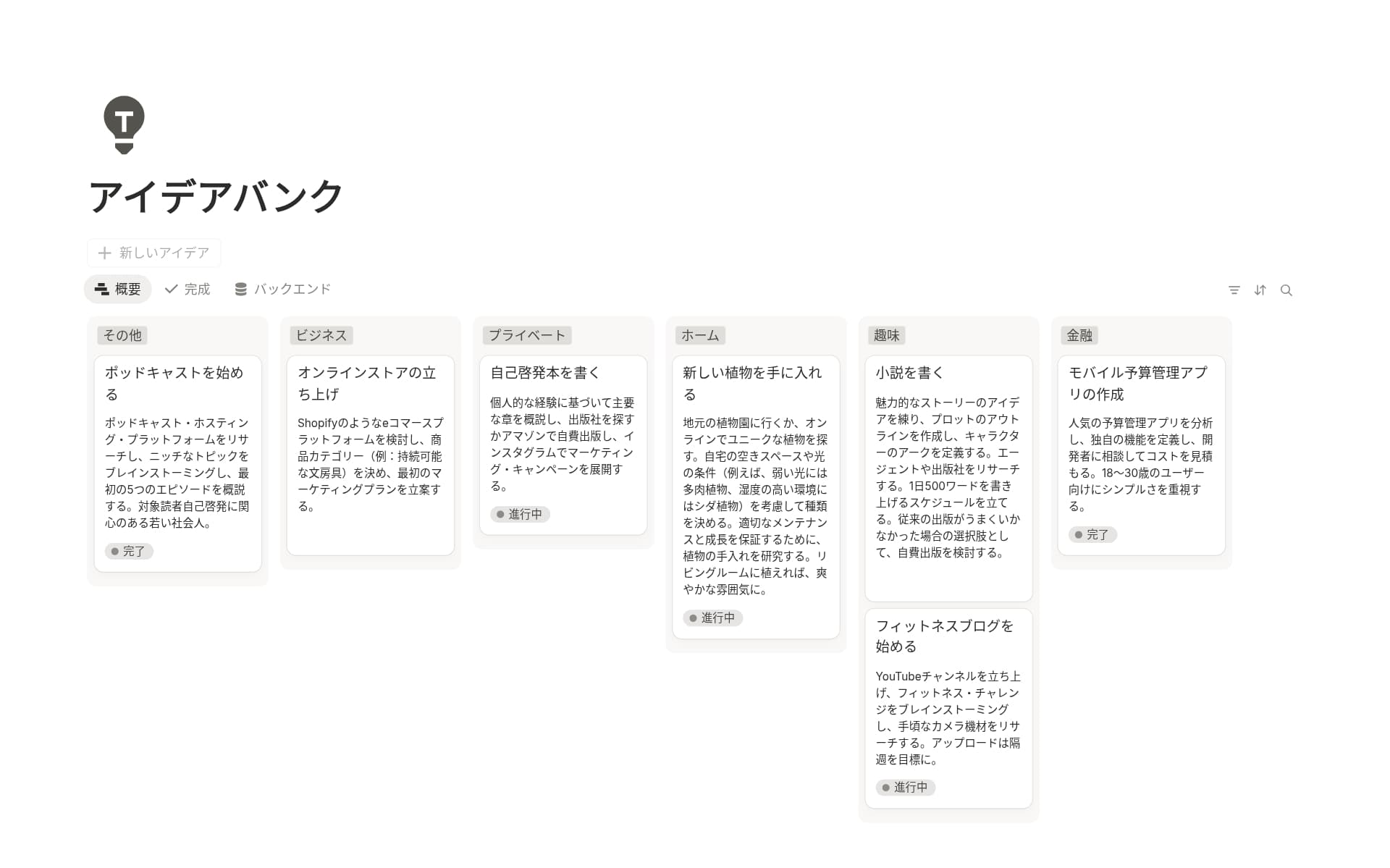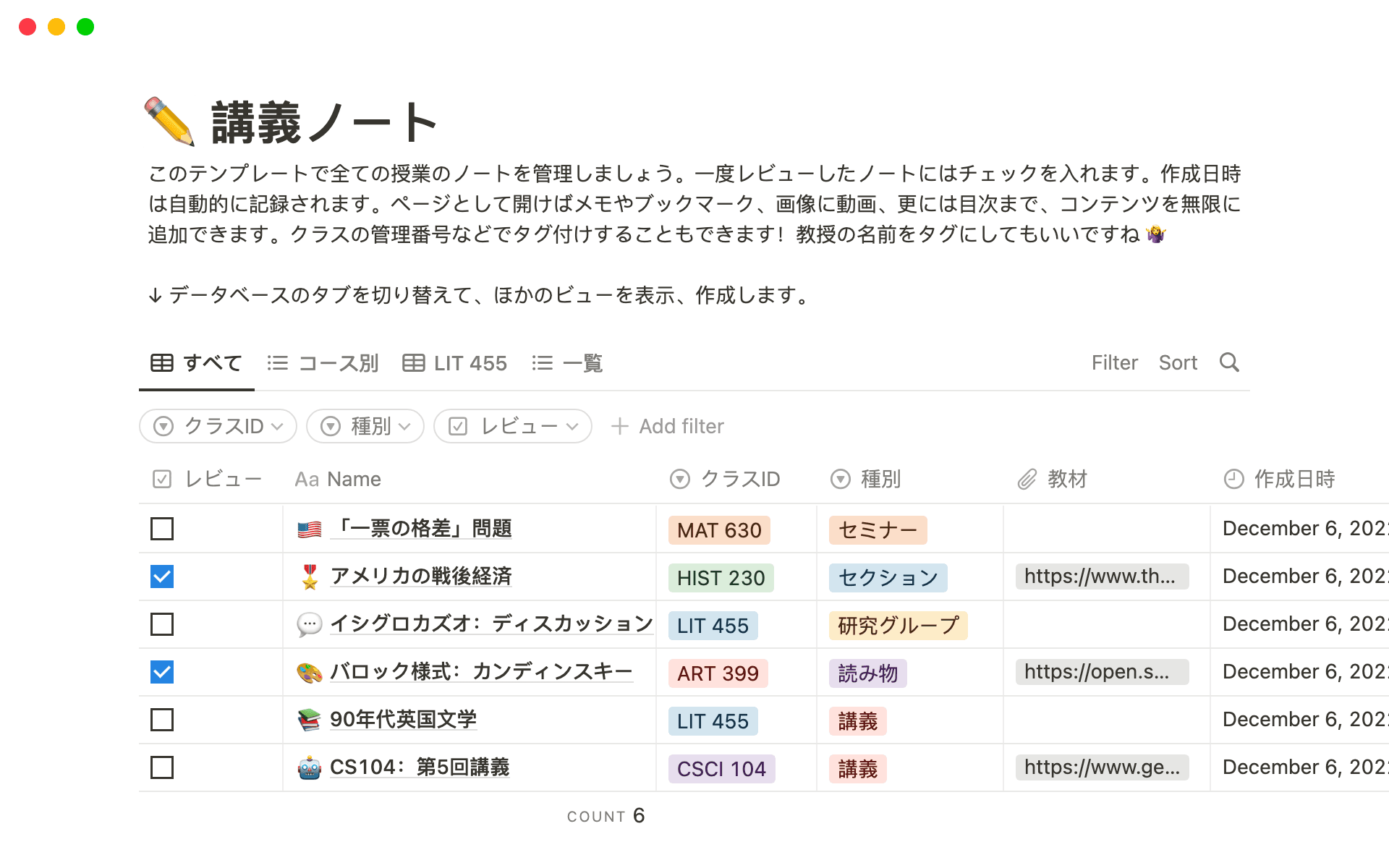Employee evaluations are crucial for tracking progress, identifying areas for improvement, and recognizing achievements. They provide a structured approach to assessing performance and setting goals for future development. An Employee Evaluations template in Notion can streamline this process, ensuring consistency and clarity in the evaluation criteria and making it easier to document and review employee performance over time.
Before you start creating your own Employee Evaluations, check out these Employee Evaluations Notion templates below to help make it easier.
What Should Employee Evaluations Templates Include?
Choosing the right Employee Evaluations Template in Notion can streamline the review process and enhance the accuracy and effectiveness of your assessments. Here are key components to look for:
Goal Setting and Tracking: The template should allow for setting specific, measurable goals and tracking progress over time, ensuring alignment with company objectives.
Performance Metrics: It should include customizable metrics to evaluate employee performance accurately across various job roles and departments.
Feedback Mechanisms: Effective templates incorporate structured feedback sections that facilitate both managerial feedback and peer reviews.
Development Plans: Look for templates that help outline future training and development opportunities for employees, aiding in career growth and skill enhancement.
Selecting a comprehensive template empowers managers to conduct thorough and productive evaluations, fostering a culture of continuous improvement and recognition.
What Should Employee Evaluations Templates Avoid?
Choosing the right employee evaluation template in Notion is key to ensuring effective and efficient performance reviews. Here are some elements to steer clear of when selecting a template:
Overly Complex Scoring Systems: Avoid templates that feature complicated scoring mechanisms. They can be confusing and may detract from the main purpose of the evaluation.
Generic Competencies: Templates that do not allow customization to include role-specific competencies might not fully capture the performance of different positions within your organization.
Limited Feedback Sections: Ensure the template provides ample space for feedback and comments. Templates that restrict this can hinder comprehensive reviews and meaningful discussions.
Selecting a template that avoids these pitfalls will facilitate a more streamlined and focused evaluation process, enhancing the overall effectiveness of your performance reviews.




